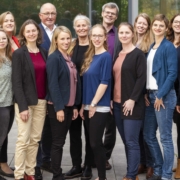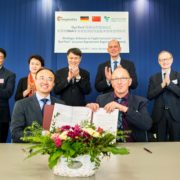Third Generation Sequencing: Detecting cancer at DNA level
Dr. Carolin Dippmann and Daria Meyer from our research and development team work, among other things, with the “third-generation sequencing” method. With the help of this technology, they are examining DNA (deoxyribonucleic acid) from tumors much more precisely than was previously possible.
The method has enormous advantages: epigenetic changes in the DNA, specifically DNA methylation in certain regions, tell us when healthy cells develop into cancer. And with “third generation sequencing” we can detect these changes directly.
Our goal at oncgnostics is to detect such epigenetic markers. Especially in the early detection of head and neck tumors, development is still in its infancy. In various research projects, including the OroCa-Graz study, we are working together with clinicians on a standardized screening to detect the associated diseases earlier and more reliably than before.
In the following, the two scientists explain to what extent third-generation sequencing is being used and what exactly is behind it.
How does Third Generation Sequencing work?
Part of our daily work is to screen DNA fragments for epigenetic changes, specifically DNA methylation. DNA methylation at specific base sequences indicates that the cell in question has changed.
Third generation sequencing is a method that makes these analyses faster and more effective. In addition, the method provides the DNA sequence information in very high resolution: namely, individual DNA molecules are analyzed. The biological DNA is transferred into a digital version and can be analyzed on the computer. DNA methylation, which occurs during cancer development, can be analyzed directly. And this is of particular interest to us.
The process is illustrated in a video from “Oxford Nanopore Technologies” on YouTube.
How does the method differ from previous methods?
With previous sequencing methods, we could only determine the base sequence of short DNA fragments (300 DNA bases on average). In addition, the DNA to be examined had to be copied several times in advance, very similar to the so-called PCR method explained here. In addition, the DNA had to be chemically treated to detect DNA methylation.
The Third Generation Sequencing method simplifies this process:
- We can directly evaluate DNA molecules of up to several million DNA bases in length
- No copies are necessary for this. Rather, we evaluate the individual DNA sequences directly
- The speed with which we examine the sequences increases accordingly: We now collect the data in real time
What kind of data do we get?
The bottom line is that the Third Generation Sequencing method captures changes in current and records them digitally. It works like this: The DNA to be examined is placed on a surface that is under a specific voltage. Tiny pores made of proteins are embedded in this surface. During the process, the DNA migrates, always in the same direction, through these so-called nanopores. This is why the method is also called “Oxford Nanopore Technology” (ONT).
When the DNA migrates through a pore, the current intensity on the surface changes. This is due to the spatial arrangement and chemical properties of the DNA segments. Sensors measure these changes at each individual pore and transmit them to the computer connected to each. An algorithm then translates the information into the base sequence of the DNA. In the sequence recorded we also read the DNA methylation.
Are there any other advantages or disadvantages?
Since the method is still very new, it has a fairly high error rate. Currently, it recognizes only 95 percent of all sequences without errors. With other methods, the figure is 99.9 percent. Continuous developments will improve this over time. Daria Meyer’s work is part of this. She is a bioinformatician and, as part of her PhD thesis, she focuses on improving the algorithms that are essential for analyzing DNA methylation. In addition, we are constantly optimizing the process flows in the preparation of diagnostic samples. That is Carolin Dippmann’s focus in the project.
In fact, the advantages outweigh the disadvantages. One of the reasons for this is that the analyzer is barely larger than a USB stick and therefore super handy. Theoretically, sequencing can be carried out anywhere, from the Arctic to the desert.
What is our future benefit from Third Generation Sequencing?
With the help of ONT sequencing, major gaps in our knowledge of the human genome (the entire DNA sequence of a human being) have already been closed. We expect further developments in this area. And we are happy contribute to improving the technology.
The biggest advantage for us is the direct readability of epigenetic changes, i.e. DNA methylation. We can analyze these directly at our facility.
The method is gaining acceptance in more and more areas of application. This is not least due to the fact that the initial equipment for starting sequencing projects is very inexpensive. Sequencing of this quality is thus much more affordable. This means that small companies like oncgnostics can also utilize this technology.
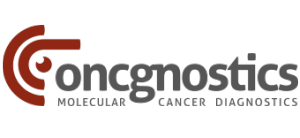
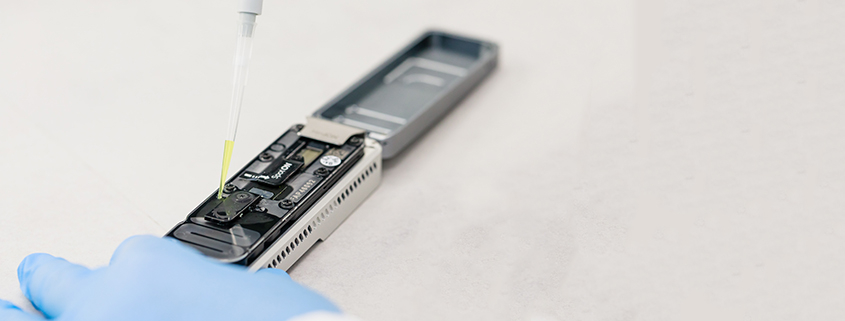 Studio Beetz
Studio Beetz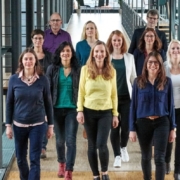 oncgnostics GmbH
oncgnostics GmbH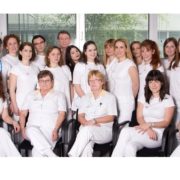
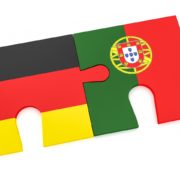
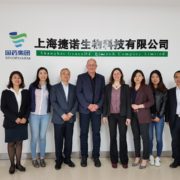
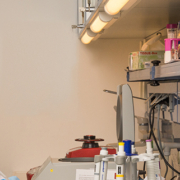 Eberhard Schorr / oncgnostics GmbH
Eberhard Schorr / oncgnostics GmbH Andrey_Popov/Shutterstock.com
Andrey_Popov/Shutterstock.com